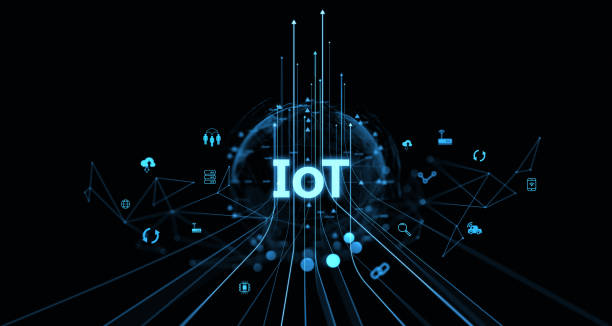
- May 23 2025
- SFI Solution Team
Yielding Insights from Integrated IoT Infrastructure
In the contemporary data-centric environment, the Internet of Things (IoT) has transitioned from a specialized idea to a widely accepted facilitator of digital transformation across various sectors. Companies and organizations are progressively allocating resources towards integrated IoT infrastructures to secure a competitive advantage. This blog examines the ways in which integrated IoT infrastructure can reveal significant insights, enhance operational efficiency, and promote informed decision-making.
What is Integrated IoT Infrastructure?
Integrated IoT infrastructure refers to a unified system where IoT devices, sensors, connectivity solutions, data storage, and analytics platforms work seamlessly together. This integration ensures real-time data collection, transmission, processing, and analysis. A robust IoT infrastructure typically includes :
-
IoT devices and sensors
-
Gateways and network connectivity (e.g., Wi-Fi, 5G, LPWAN)
-
Cloud and edge computing platforms
-
Data analytics and AI/ML tools
-
Dashboards and visualization tools
Benefits of an Integrated IoT Infrastructure
- Real-Time Monitoring and Predictive Maintenance Integrated IoT systems enable real-time monitoring of assets and operations. Predictive maintenance, powered by AI and historical data, helps in identifying issues before they cause downtime.
- Enhanced Operational Efficiency With seamless data flow and centralized monitoring, businesses can streamline processes, reduce energy consumption, and allocate resources more effectively.
- Improved Decision-Making Actionable insights derived from IoT data empower decision-makers with accurate, timely information, leading to smarter strategies and outcomes.
- Scalability and Flexibility Integrated infrastructure is designed to scale, allowing businesses to add new devices and functionalities without major overhauls.
- Data-Driven Innovation Continuous data collection and analysis foster innovation, helping companies develop new services, optimize existing ones, and explore new markets.
Key Use Cases of Integrated IoT Infrastructure
-
Smart Cities : Real-time data from traffic lights, surveillance cameras, and environmental sensors improve urban management and public safety.
-
Healthcare : Remote patient monitoring and smart medical devices enhance patient care and operational efficiency.
-
Manufacturing : IoT-enabled machinery supports predictive maintenance, quality control, and supply chain optimization.
-
Retail : Smart shelves and customer behavior analytics optimize inventory and enhance customer experience.
Best Practices for Implementing IoT Infrastructure
- Assess Business Goals Start by defining clear objectives and identifying pain points where IoT can deliver measurable value.
- Choose Scalable and Interoperable Solutions Ensure that the IoT components can work with existing systems and can scale with future growth.
- Focus on Data Security and Privacy Implement strong cybersecurity protocols to protect sensitive data and comply with regulations.
- Leverage Edge and Cloud Computing Use edge computing for real-time processing and cloud platforms for deep analytics and storage.
- Partner with Experienced Providers Collaborate with technology partners who have a proven track record in deploying IoT solutions.
Conclusion
Integrated IoT infrastructure is a game-changer in the digital age. By enabling real-time data processing and intelligent analytics, it empowers organizations to make informed decisions, innovate continuously, and maintain a competitive advantage. Embracing a well-designed IoT infrastructure today sets the foundation for a smarter, more connected future.
Are you ready to harness the full potential of integrated IoT infrastructure? Contact us today at +1 (917) 900-1461 or +44 (330) 043-1353 to discover how IoT can transform your business.
Previous Post